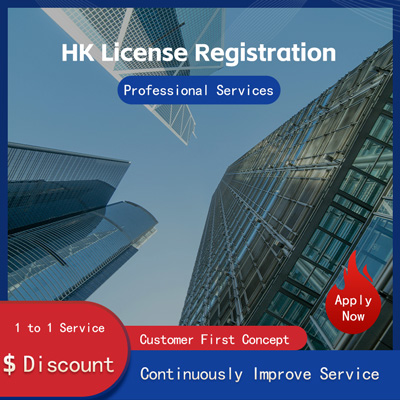
Inspection Standards and Normative Requirements for Imported Garments Detailed Explanation and Implementation Guide
Inspection Standards and Normative Requirements for Imported Clothing
With the acceleration of globalization and the continuous expansion of international trade, imported clothing has become an indispensable part of our daily lives. Naturally, the quality and safety of imported clothing have become focal points for consumers. This article will provide a detailed explanation of the inspection standards and normative requirements for imported clothing so that readers can understand the inspection requirements for such products.

I. Inspection Standards
For imported clothing, inspections typically refer to international standards, including but not limited to
1. The European Union Textile Safety Regulation, which primarily focuses on aspects such as the flame retardancy of textiles and the detection of carcinogenic dyes, ensuring consumer health and safety.
2. Relevant standards from the International Organization for Standardization ISO, such as ISO 18004 for terminology and symbols in textile processing and ISO 18483 for anthropometric evaluation of textile and leather products.
Different categories of imported clothing also adhere to corresponding industry standards, such as those for garments, footwear, and leather goods. These standards usually cover critical information such as product dimensions, materials, and washing methods to ensure product quality and consumer satisfaction.
II. Normative Requirements
The normative requirements for imported clothing mainly include the following aspects
1. Supplier Qualifications Importers or suppliers must possess the necessary qualifications and certifications, such as business licenses, production permits, and quality management system certifications.
2. Customs Procedures Importers need to provide complete customs procedures, including import licenses, invoices, packing lists, and customs declarations, to facilitate smooth clearance.
3. Quality Assurance Suppliers should provide quality assurance to ensure that the supplied products meet relevant standards and normative requirements.
4. Product Information Product labels should clearly indicate the product name, material, washing instructions, size, and origin to enable consumers to understand the product details.
III. Case Analysis
Recently, an importer brought in a batch of sportswear from abroad, but during the inspection process, it was discovered that the flame retardancy of some garments did not meet the standard. Further investigation revealed that the material of this batch of clothing did not comply with the requirements of the EU textile safety standards. Ultimately, the importer negotiated with the supplier to repurchase clothing that met the standards and strengthened the inspection efforts for imported goods.
This case illustrates the importance of inspection standards and normative requirements for imported clothing. Only by strictly adhering to these standards and norms can we ensure the quality and safety of imported goods and meet consumer needs.
IV. Recommendations
For consumers, when purchasing imported clothing, they should pay attention to the following
1. Check the product label to ensure that the product information is accurate and truthful.
2. Stay informed about relevant standards and normative requirements to understand the quality and safety performance of the product.
3. In the purchasing process, choose reputable merchants and brands whenever possible to avoid purchasing non-compliant goods.
4. Ifproducts are found, report them promptly to the relevant authorities to protect your legitimate rights and interests.
In conclusion, the inspection standards and normative requirements for imported clothing are essential tools for protecting consumer rights. Consumers should fully understand these standards and normative requirements and choose products that meet the standards, jointly maintaining market order and consumer rights.
Still have questions after reading? More than 98,000 users have contacted us. Please fill in the following information to obtain business information.

Next Article
A Detailed Explanation of Processing Trade Surplus Materials Carryover Procedures
Jun 21, 2025Service Scope
MoreRecommended for You
- Overseas Influencer Blacklist Lookup Guide 2 Tools to Help You Avoid Risks
- What Is TK123? The Must-Have Tool for TikTok Sellers
- How to Use Facebook Dynamic Ads Campaigns? A Guide to Creating Dynamic Ads
- Optimizing Sales Strategies for the Back-to-School Season in Overseas Student Markets
- Japan E-commerce Market Analysis and Keyword Research Tool Recommendations
- What Is the Amazon High Return Rate Tag? How to Avoid Being Tagged?
- Amazon Marketing Platform Levanta Analysis
- Amazon Low-Price Store Product Search Guide
- A Comparative Analysis of KOLs and KOCs in Overseas Influencer Marketing
- How Can MercadoLibre Sellers Achieve Explosive Sales Growth?
- Top 10 eBay Data Analysis Tools Recommended
- Common Japanese Search Engines Abbreviated List
- Ozon Russia E-commerce Platform Entry Requirements Analysis
- How to Run Google Shopping Ads for Independent Websites? Detailed Step-by-Step Analysis
- The Future of Amazon Prime Day 2025 Amazon Sale Event Dates
- 2025 LinkedIn Ads Guide Full Process Analysis Optimization Tips
- Etsy Platform Intro, Seller Onboarding Fee Breakdown
- Process for Establishing a Local Mexican Store on Mercado Libre Mexico
- How to Apply EU Rep Label?
- EU GPSR Overview and Its Impact on Exporting Goods to the EU


 ONE
ONE
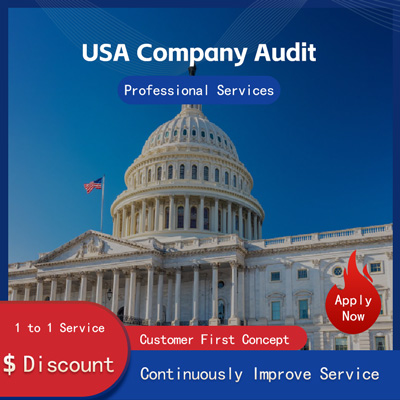
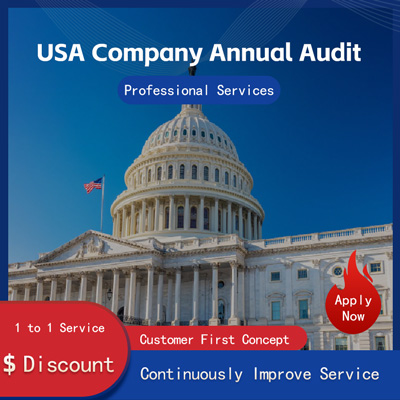

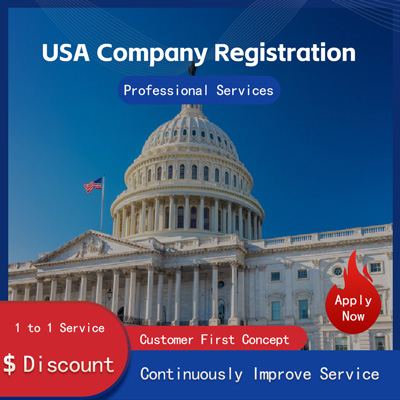

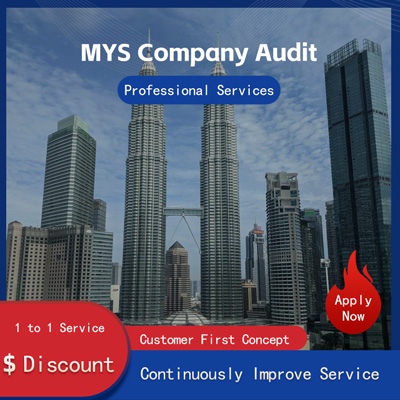
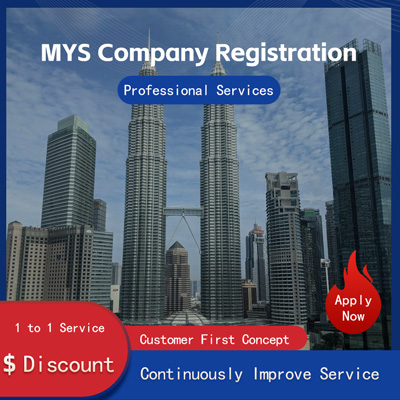
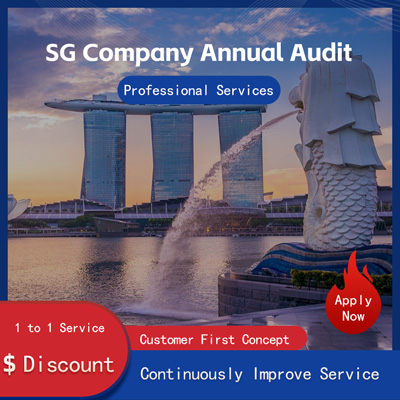
Customer Reviews
Small *** Table
December 12, 2024The experience was very good. I was still struggling to compare it with other companies. I went to the site a few days ago and wanted to implement it as soon as possible. I didn't expect that everything exceeded my expectations. The company is very large, with several hundred square meters. The employees are also dedicated and responsible. There is also a wall of certificates. I placed an order on the spot. It turned out that I did not make a wrong choice. The company's service attitude is very good and professional. The person who contacted me explained various things in detail in advance. After placing the order, the follow-up was also very timely, and they took the initiative to report the progress to me. In short, I am very satisfied and recommend this company!
Lin *** e
December 18, 2024When I first consulted customer service, they recommended an agent to me. They were very professional and patient and provided excellent service. They answered my questions as they came in. This 2-to-1 service model is very thoughtful. I had a lot of questions that I didn’t understand, and it’s not easy to register a company in Hong Kong. Fortunately, I have you.
t *** 7
December 19, 2024I originally thought that they only did mainland business, but I didn’t expect that they had been doing Hong Kong business and were doing very well. After the on-site interview, I decided to ask them to arrange the registration of my Hong Kong company. They helped me complete it very quickly and provided all the necessary information. The efficiency was awesome. It turns out that professional things should be done by professionals.👍
b *** 5
December 16, 2024In order to register a company in Hong Kong, I compared many platforms and stores and finally chose this store. The merchant said that they have been operating offline for more than 10 years and are indeed an old team of corporate services. The efficiency is first-class, and the customer service is also very professional.